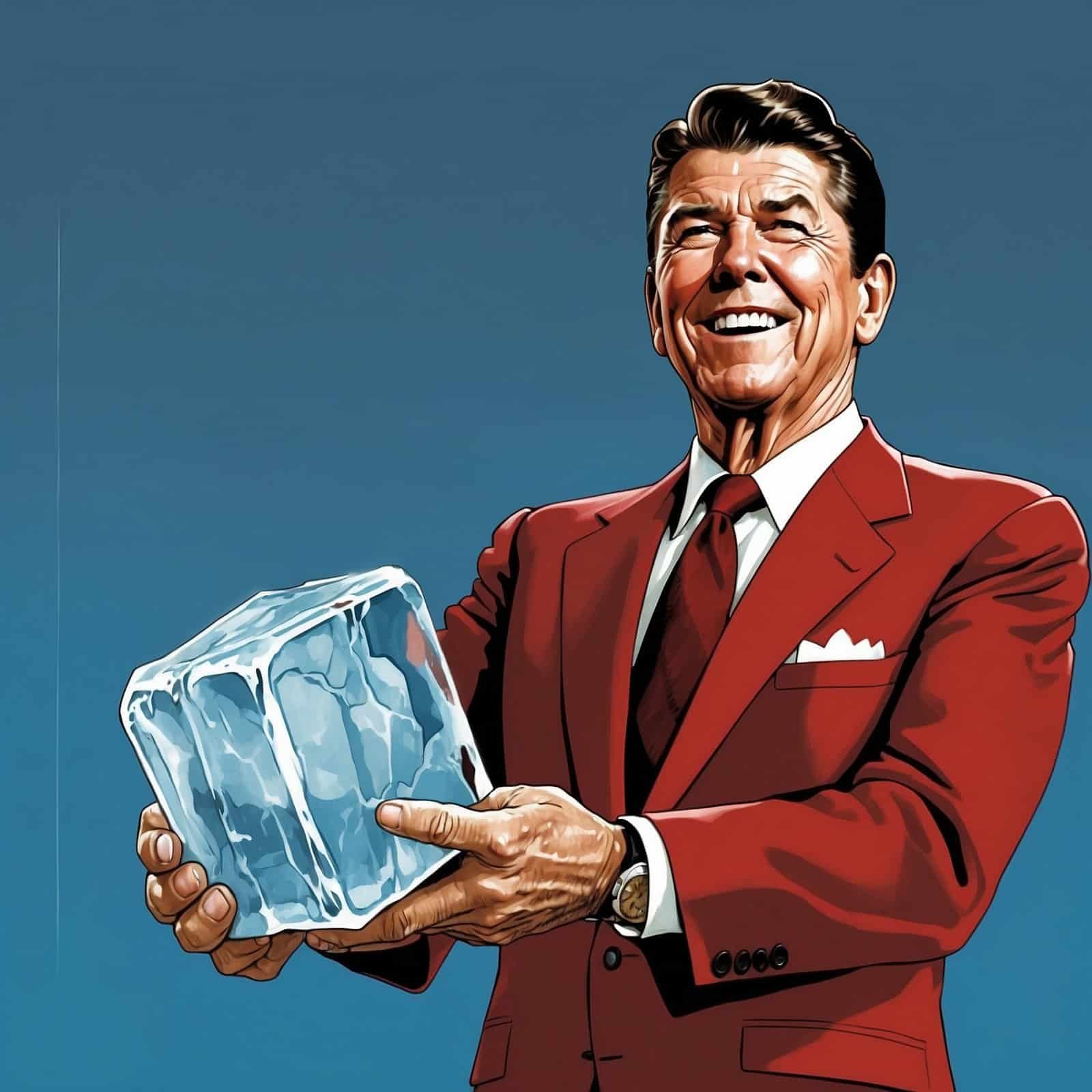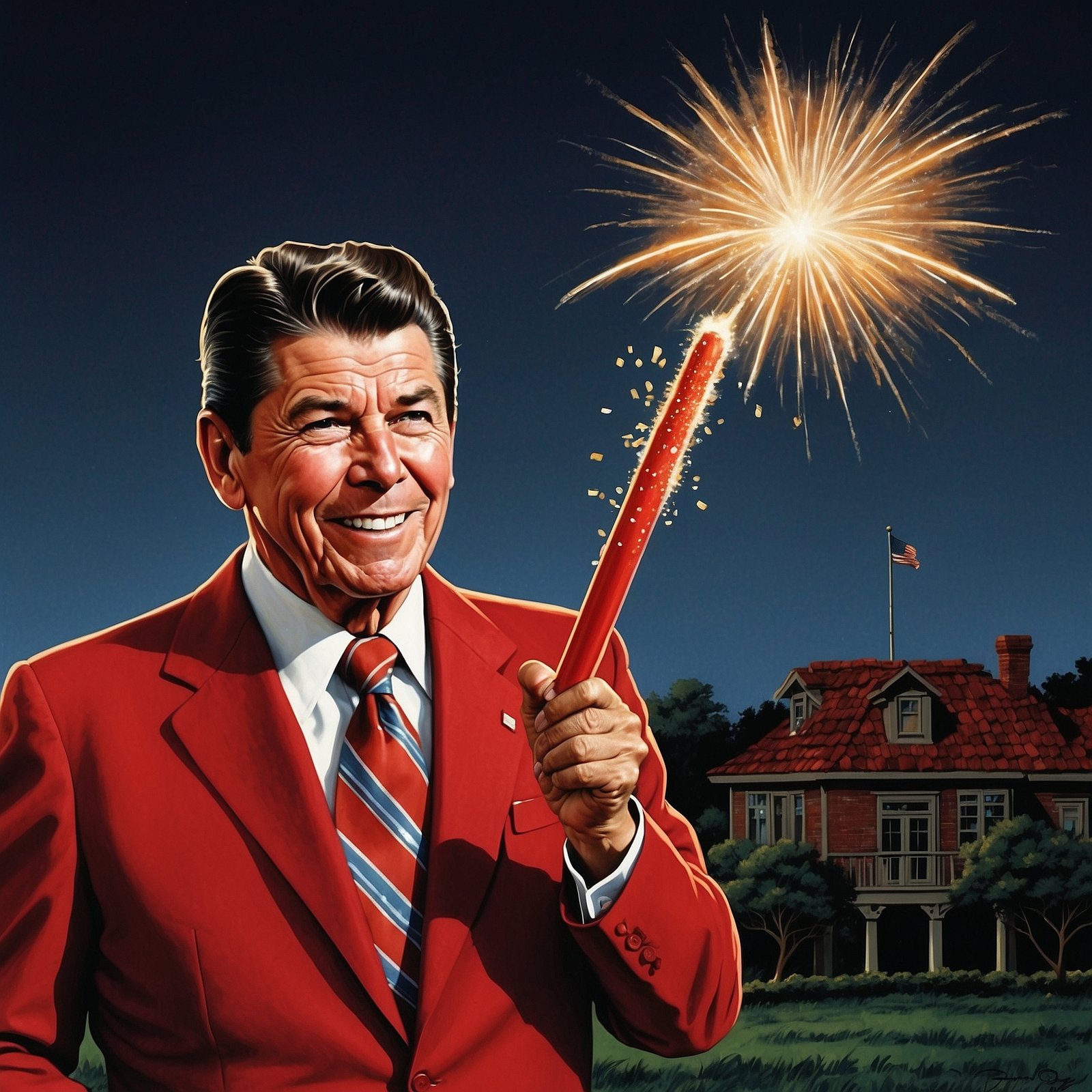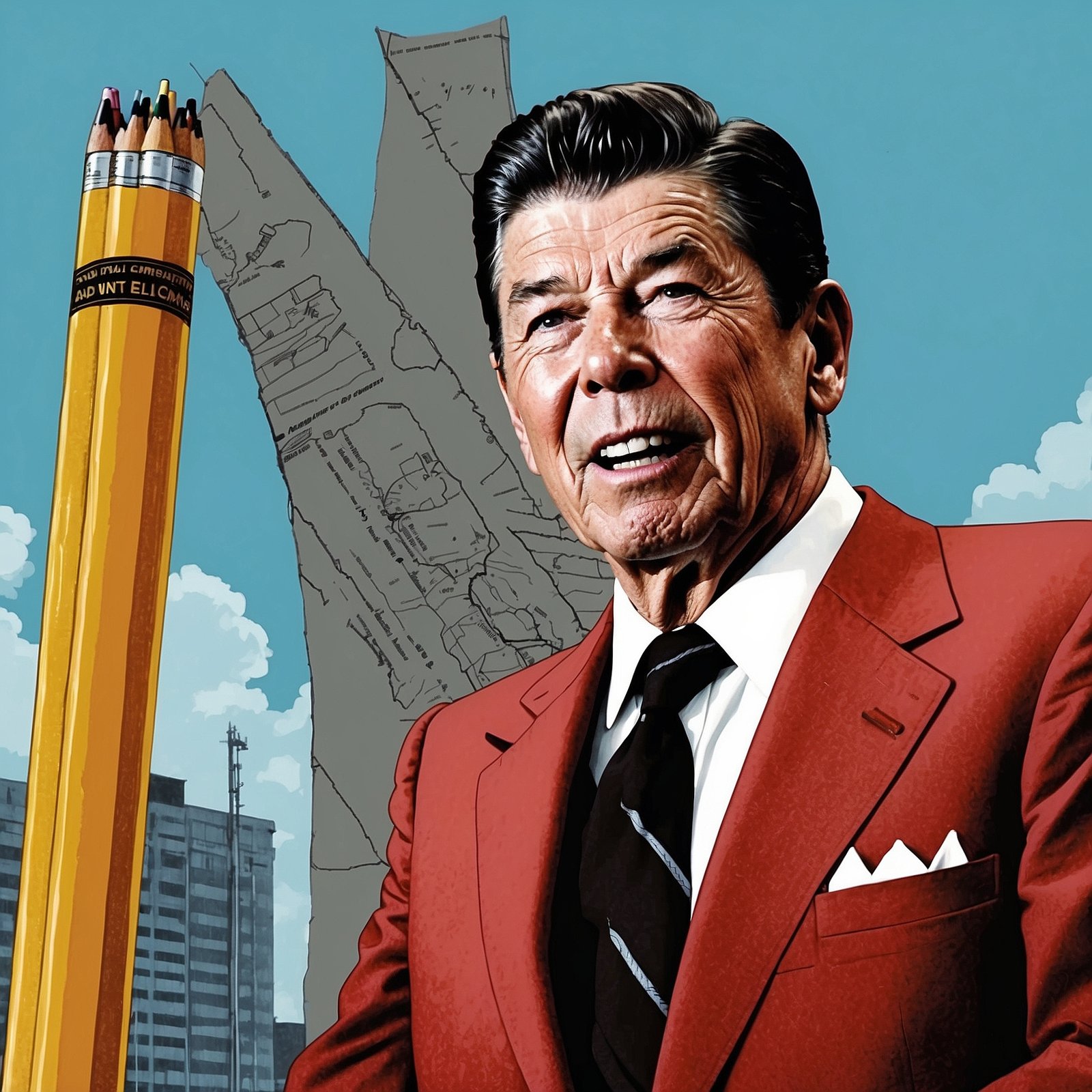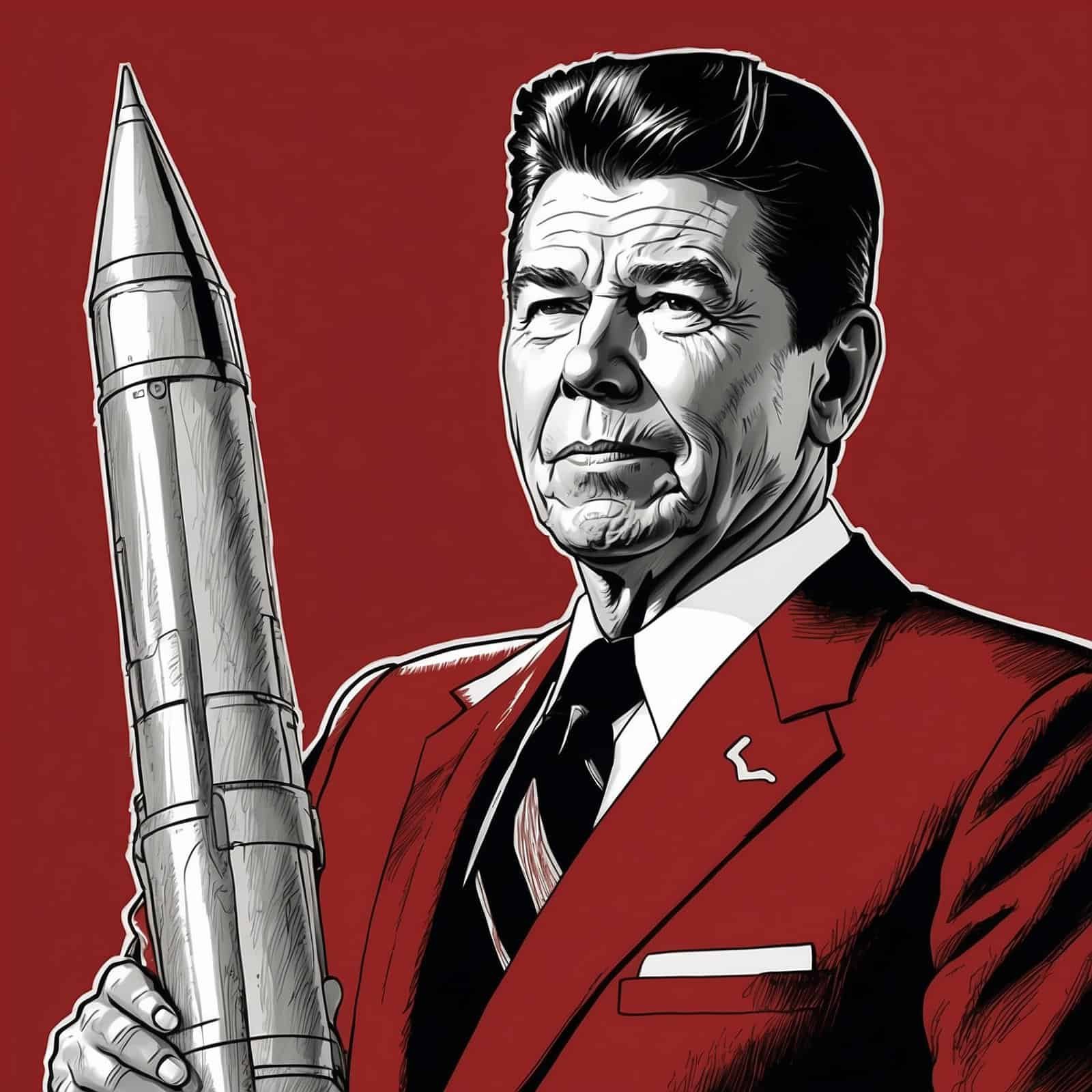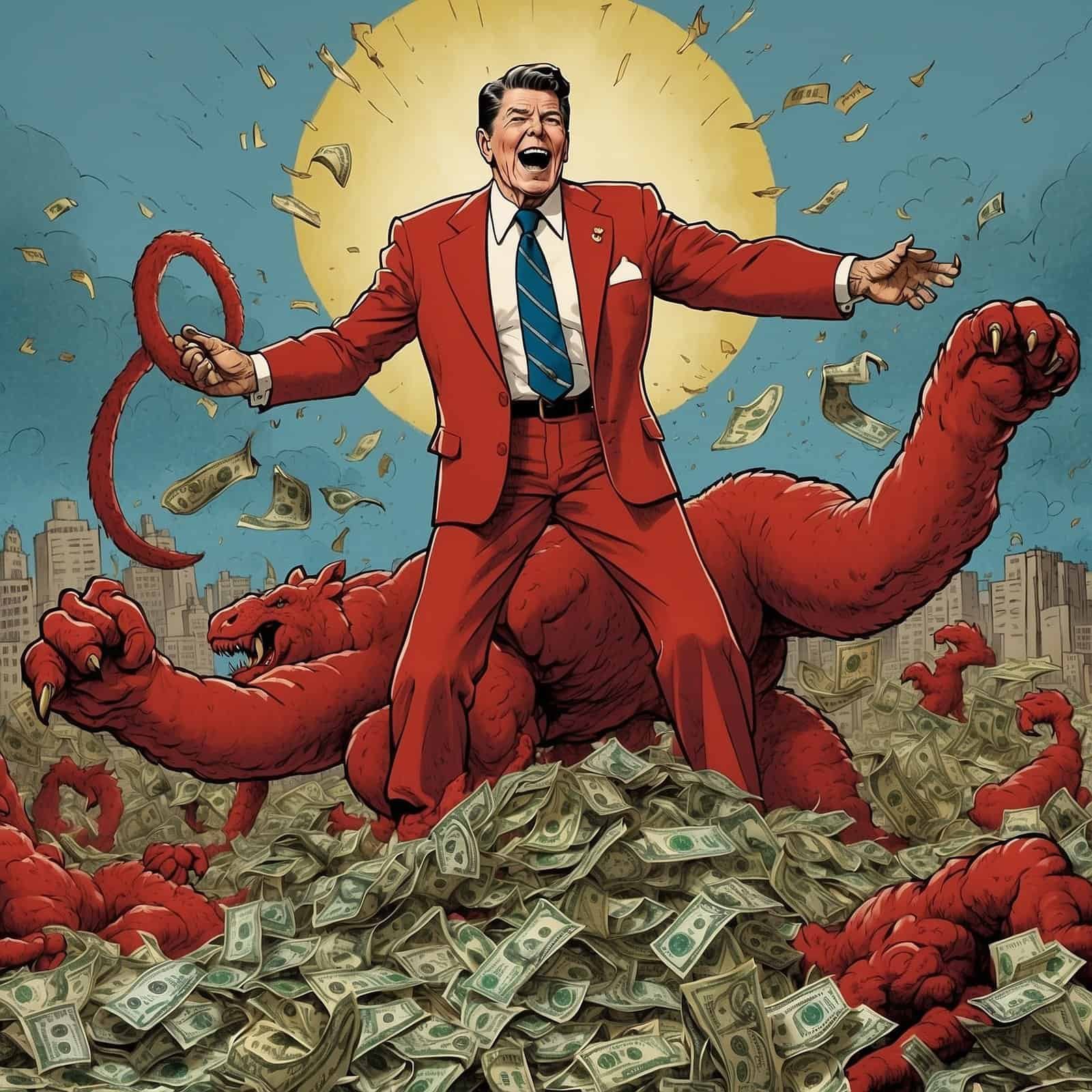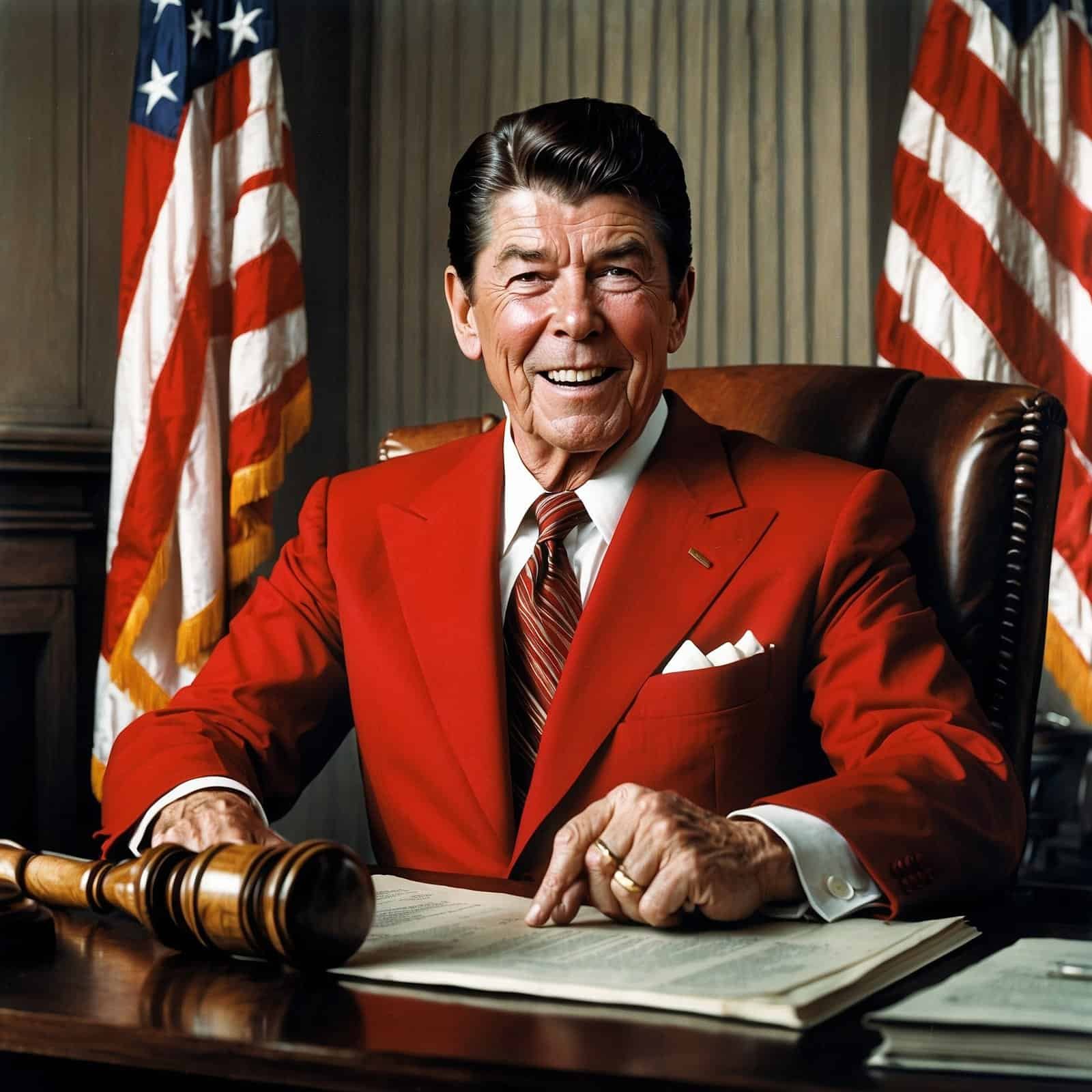Who needs rocket fuel when you have Reaganomics? When Ronald Reagan took office, he wasn’t interested in pushing paper or maintaining the status quo. No, Reagan was all about shaking things up, and in the 1980s, nothing quite embodied this spirit like his approach to the energy sector. Let’s take a look at how Reagan’s deregulation of the energy sector aimed to power up America while sparking some conservative fireworks along the way.
Reagan took office during a time when dependency on foreign oil and the embargos of the 1970s were fresh in everyone’s minds. The U.S. was in dire need of a boost, and Reagan wasn’t about to let the government control every light switch and fuel pump. His solution? Deregulation! The goal was to free the energy market from the shackles of overly burdensome regulations put in place by previous administrations, proving once again that conservative values of limited government and free-market policies bring the best solutions.
Reagan’s Energy Revolution: Lighting Up America
One key move was dismantling the remnants of President Carter’s price controls on oil and natural gas. These controls were meant to keep prices low but ended up creating shortages and discouraging investment. Reagan knew better. By removing these price controls, he let supply and demand dictate prices, encouraging production and investment in domestic energy resources. Energy independence was the main goal, and Reagan’s approach was straight out of the conservative playbook.
Reagan’s Energy Deregulation Scorecard
- ✅ Dismantled Carter’s price controls
- ✅ Encouraged domestic energy production
- ✅ Promoted energy independence
- ✅ Reduced reliance on foreign oil
- ✅ Stimulated market competition
But hold onto your hats, folks! Reagan wasn’t satisfied with just removing price controls. His administration also pushed for the deregulation of natural gas, leading to the Natural Gas Policy Act of 1983. This legislation continued to chip away at federal controls, allowing market forces to determine the best allocation of these important resources. The focus was on the belief that increased competition would lead to lower prices and spur innovation—hallmarks of conservative economic philosophy.
Liberal Naysayers: The Sky is Falling!
Liberal naysayers, predictably, had their doubts. They argued that deregulation would lead to monopolistic practices and hurt consumers. But Reagan and his team saw deregulation as a pathway to increased investment, more jobs, and a vibrant energy sector, ultimately benefitting consumers through lower prices and greater energy security. Free markets, after all, have a knack for finding balance without the heavy hand of government meddling.
It’s worth noting that while liberals were busy wringing their hands over deregulation, they conveniently forgot about their own energy policy failures. Remember Jimmy Carter’s “malaise speech” where he basically told Americans to put on a sweater and deal with the energy crisis? Talk about a real knee-slapper! While Carter was busy installing solar panels on the White House (which Reagan later removed, much to the chagrin of the green crowd), Reagan was crafting policies that would actually make a difference.
The Nuclear Option: Reagan’s Powerful Play
You can’t talk about Reagan’s energy policies without mentioning his administration’s support for nuclear energy. Reagan believed in an ‘all of the above’ strategy for energy production, including nuclear power as a key component of U.S. energy security. This wasn’t about propping up one energy source over another; it was about creating a favorable regulatory environment where innovation could thrive and new investments in nuclear technology would lead to safer and more efficient plants.
Reagan’s Nuclear Energy Stance
- Supported nuclear as part of diverse energy mix
- Encouraged innovation in nuclear technology
- Focused on safety and efficiency improvements
- Reduced regulatory barriers to nuclear development
Of course, the response to these policies wasn’t all sunshine and rainbows. Initial deregulation led to some price fluctuations—a predictable market adjustment period. However, the long-term impact was impressive. Domestic oil production increased, reducing reliance on foreign oil imports. The natural gas market became more competitive, ultimately leading to lower prices and increased supply stability. This was capitalism at work, and it showcased Reagan’s belief that the best solutions come from competition, not control.
Back to Basics: Conservative Principles in Action
Reagan’s energy deregulation wasn’t just about numbers and markets; it was about getting back to core conservative principles. It was a stand against the bloated bureaucracy and a reaffirmation of faith in American innovation and entrepreneurship. By reducing government intervention, Reagan aimed to empower individuals and businesses to drive the economy forward—a principle that remains a cornerstone of conservative values.
While Democrats today push for more government control over energy policy (Green New Deal, anyone?), it’s worth remembering the success of Reagan’s approach. The left’s pipe dreams of solar-powered unicorns and wind-driven fairy dust pale in comparison to the real-world results of conservative energy policies.
Conclusion: Reagan’s Energetic Legacy
In the end, Ronald Reagan’s deregulatory policies in the energy sector were a bold testament to his belief in the power of free markets, minimal government interference, and the potential of American enterprise. His actions not only addressed immediate energy needs but also laid the groundwork for a more dynamic, resilient energy market.
As we face today’s energy challenges, perhaps it’s time to channel a little Reagan-style thinking. After all, when it comes to powering America, who would you trust: a guy who tells you to turn down your thermostat, or the Gipper who turned up the heat on the American economy? I think we all know the answer to that one!
Table of Contents
- Reagan’s Energy Revolution: Lighting Up America
- Liberal Naysayers: The Sky is Falling!
- The Nuclear Option: Reagan’s Powerful Play
- Back to Basics: Conservative Principles in Action
- Conclusion: Reagan’s Energetic Legacy

